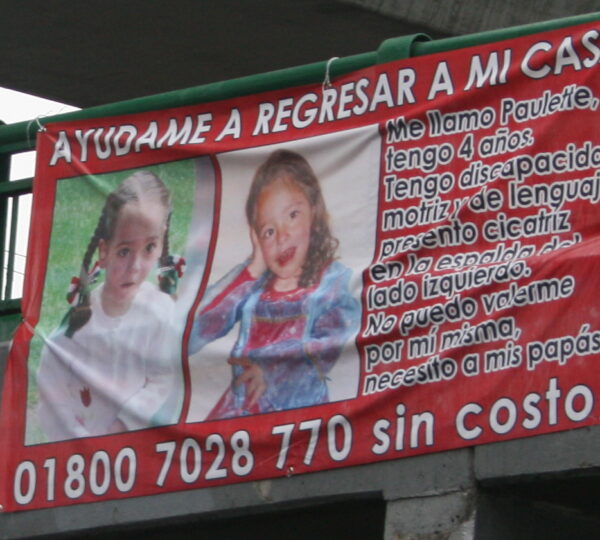Girl, 4, Missing for Over a Week, Found Dead in Her Bed
The disappearance and death of Paulette Gebara Farah remains one of Mexico’s most disturbing and controversial mysteries.
The events of 2010, involving a four‑year‑old girl vanishing from her own bedroom and then being discovered dead — lodged in her own bed — drew national outrage, myriad theories, and a lingering sense of disbelief that has never fully been resolved.
The Disappearance: The Night That Changed Everything.
On the night of March 21, 2010, Paulette returned home with her father and older sister from a weekend trip. Their apartment was located in Huixquilucan, in the State of Mexico, in a gated complex with security surveillance. Her mother, Lizette Farah, tucked Paulette and her sister into bed. Paulette, who had certain developmental disabilities affecting her speech and mobility, required care and supervision.
The following morning, when one of the family nannies, Erika, went in to wake Paulette, the child was nowhere to be found. Her bed was empty, no trace of her remained. Panic quickly spread through the household. The family and staff began searching, checked all rooms, closets, bathrooms, even the building itself — but there were no signs of forced entry, struggle, or any intrusion. Doors and windows were locked, security cameras revealed no one entering or exiting with Paulette, and surveillance footage showed no suspicious activity.
Because of Paulette’s disabilities, the concept that she had wandered away on her own seemed extremely unlikely. Officials and family members immediately launched a widespread search, involving police, volunteers, search dogs, social media campaigns, and broadcast appeals. Billboards, posters, TV spots, and newspaper coverage began to saturate the region. Lizette Farah appeared on live television, making emotional pleas for her daughter’s return, begging any person with information to come forward.
The Investigation, Suspicion, and Contradictions

Days passed. As the search dragged on, suspicion began to shift inward — toward those closest to the child. Just seven days after Paulette’s disappearance, authorities announced that both parents, Lizette Farah and Mauricio Gebara, as well as the two nannies — Erika and Martha Casimiro — would be placed under restriction orders (arraigo), accused of providing inconsistent statements. Attorney General Alberto Bazbaz publicly stated that each individual had, at times, falsified or altered their accounts, complicating the investigation.
The following day, the police undertook a reconstruction of the night Paulette went missing within the apartment. Blankets were laid out; forensic teams re-created the possible movements. Meanwhile, media scrutiny intensified, and public skepticism grew about whether those closest to the child had told the whole truth.
The Macabre Discovery: In the Very Room She Was Searched
On March 31, 2010 — nine days after Paulette’s disappearance — investigators made a discovery so shocking it stunned the country: Paulette’s body was found in her own bedroom, squeezed into the narrow gap between her mattress and the footboard or frame of the bed. She was wrapped in sheets and blankets, lying just where no one had thought to look deeply.
What made the discovery even more disturbing was that this was the same room in which her mother had conducted televised pleas, where search teams had already worked, and where search dogs had failed to detect anything. Some even claimed that people had slept in or used her bed during the search, yet still nobody saw or smelled anything until decomposition odor became intolerable.

